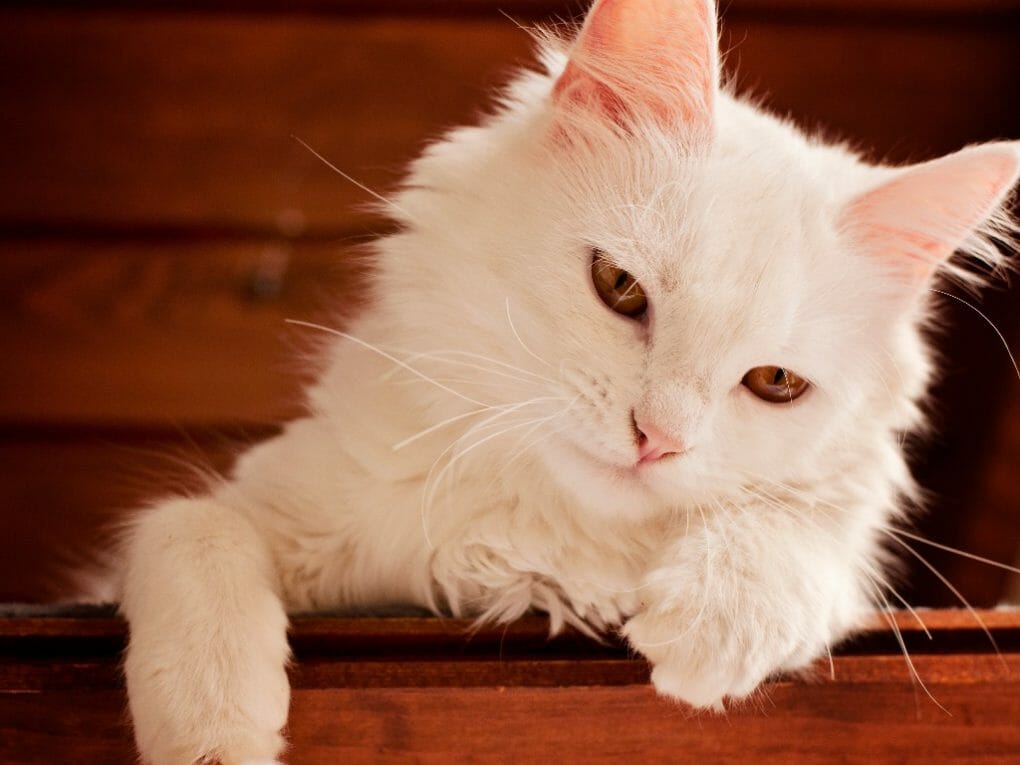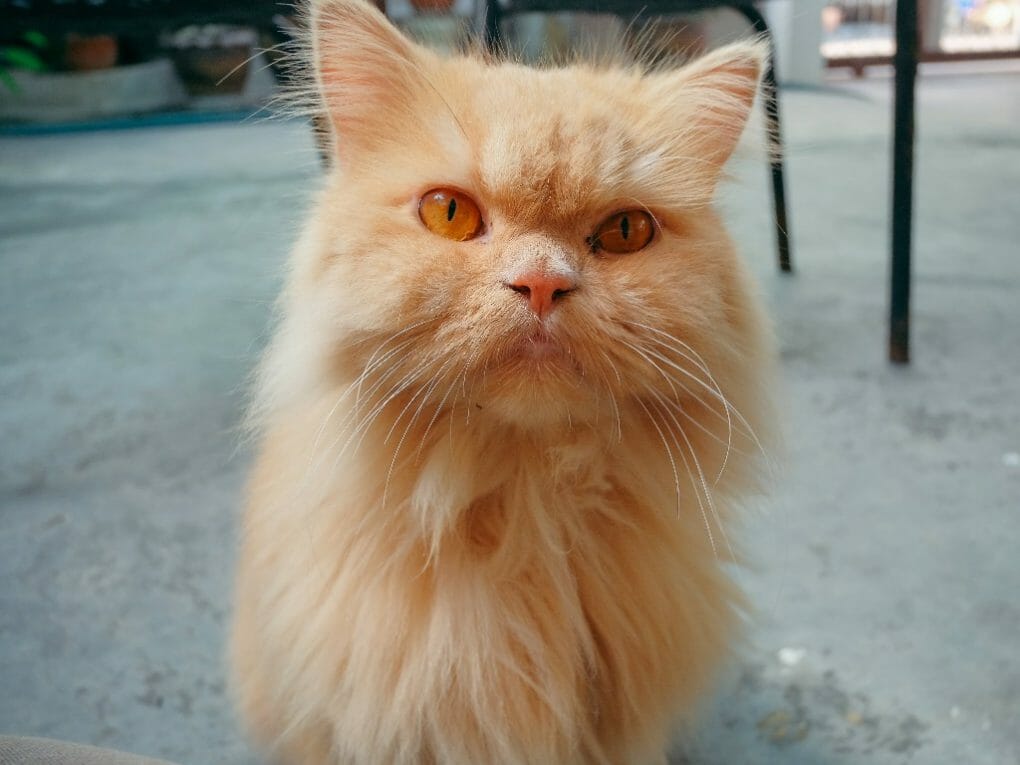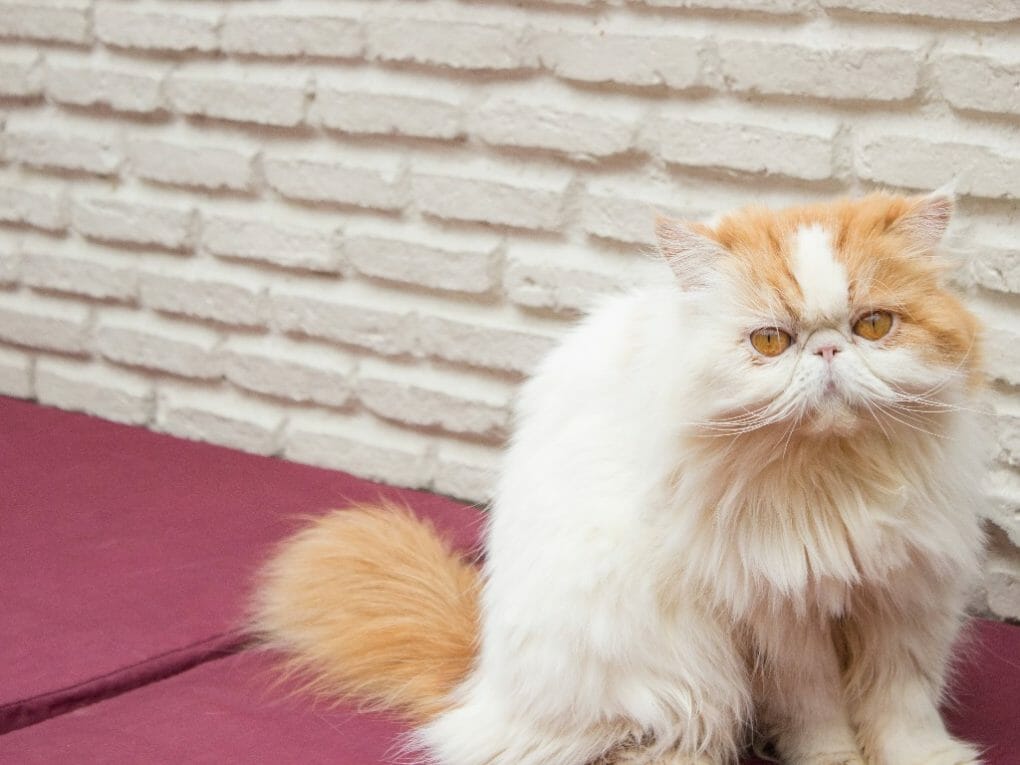Persian Cat Male vs. Female: The Differences Between This Breed’s Genders


Male Persian cats have physical differences, such as being larger than female Persian cats and having longer tails. They also have different personalities, with males tending to be more active and playful. On the other hand, female Persian cats are known for their beautiful fur coats and are often calmer than male Persian cats.
In addition, although male and female Persian cats get on well with other cats, male Persian cats tend to be more territorial. Male Persian cats are usually more active than females and will try to dominate their surroundings. Female Persian cats are calmer and typically spend more time resting than males.
Table of Contents
The Differences Between Male and Female Persian Cats
Physical Appearance
Male Persian cats usually have a more robust build and are larger than female Persian cats, have longer tails and often have brighter colors than females, and their fur is thicker, making them warmer to the touch.
Personality
Persian cats are friendly, elegant, and loving, and their personalities are just as diverse as their looks. Male Persian cats are more active than female Persian cats and are more vocal. Female Persian cats are usually more elegant and sedate in appearance than male Persian cats; however, all Persian cats are known for their loving and friendly personalities.
Female Persian cats are known for their affectionate nature – these cats usually don’t get involved in disputes or fights among their littermates – while male Persian cats can be pretty independent and territorial. They tend to be more playful than the females and enjoy chasing each other around and playing with toys.
Grooming Needs
Grooming needs for cats are strikingly similar to those of dogs. It would help if you brush them regularly, their coats groomed in a sleek condition, and any mats or tangles removed.
In addition, they enjoy playing with toys and should be given plenty of opportunities to do so. Persian cats, in particular, can often suffer from problems such as obesity if not adequately exercised – making regular grooming essential for keeping them slim and healthy!
Health Maintenance
Female Persian cats are generally healthier than male Persian cats, however, a few health concerns occur more often in male Persian cats, such as urinary tract infections and obesity.
Price Difference
There is a consensus that males are typically more expensive than females. However, there are exceptions to this rule, and it’s difficult to determine the root cause of the price difference.
Taking Care of Your Persian at Home
There are a few things you need to take care of your Persian cat if you want them to stay healthy and happy. First, make sure they have a healthy diet with plenty of proteins and fibers. Please provide them with plenty of clean water, as tap water can contain lead and other toxins that could harm their health.
Another vital factor to remember is their shelter – ensure they have a place to stay protected from the sun and weather in all seasons. Be sure to provide them with toys and activities to keep them stimulated and entertained.
Male Persian cats are larger than female Persians and require more exercise. Their diet should also be higher in protein and lower in carbs – this will help them maintain their muscle mass. Female Persians don’t need as much exercise as male Persians but need a diet high in protein and low in carbs to stay healthy.
Knowing your cat well is vital to detect any early signs of health problems. You can know whether your cat is in good shape by monitoring its energy levels, litter box habits, and flea and tick counts. If any changes warrant a vet visit – sudden lethargy or extreme scratching – take them straightaway for a check-up!
General Health Information for Your Persian Cat


Weight Management
Obesity in Persian cats, regardless of gender, can lead to health problems such as heart disease and joint pain, so taking care of your cat’s weight properly is essential. However, there are many ways you can help your cat lose weight – from dieting to exercising – so find what works best for them and stick with it!
Dental Disease
Persian cats are prone to dental disease. To avoid tooth decay, Persian cats need regular cleaning – twice a year to every two years. If your cat shows any signs of tooth decay, such as bad breath or pain when chewing, get them checked by the vet immediately! Hard, crunchy foods can cause severe damage to their teeth and gums over time.
Vaccine-Preventable Infections
Keeping your Persian healthy and vaccinated against a range of vaccine-preventable infections is essential for their safety and the health of other cats in the household.
Some of the most common vaccines include FIV (feline immunodeficiency virus), FeLV (feline leukemia), and rhinotracheitis. Make sure to get your cat vaccinated as soon as they are available in your area – any changes to the vaccine schedule can happen very quickly, so it’s best to be on top of things.
Parasites
Parasites can be caught in the environment, through other cats or even people – and they aren’t welcome in a home with a kitty! There are different types of parasitic infections, each with its symptoms.
If left untreated, parasites can cause serious health problems for your Persian cat. So if you think your kitty might have them, it’s essential to seek veterinary help as soon as possible!
Polycystic Kidney Disease
Polycystic kidney disease (PKD) affects cats of all breeds and mixes, but Persians are particularly susceptible. Many Persians diagnosed with this disease have a genetic predisposition to the condition.
Although there is no known cure for this, early diagnosis and treatment can result in a good prognosis. However, suppose your cat may have it. In that case, it is essential to discuss the diagnosis with your veterinarian as soon as possible – even if the cat seems healthy on first inspection.
Knowledge is power when it comes to this life-threatening disorder, and by being aware of the risks involved in Persian cats, you can help ensure that they get the best possible care during their lifetime.
Spay or Neuter


Spaying and neutering your cat is vital to keep them healthy and safe. Not only will this prevent many health issues down the road, but it can also reduce the risk of developing diseases in later life.
If you have a male Persian cat, ensure they get its testosterone levels checked regularly to be in good shape example, neutering a male cat will stop him from reproducing. He’ll be less likely to mark territory or spray urine inside the home.
Female cats should be spayed early to help reduce the risk of developing diseases in later life. For example, spaying a female cat will prevent her from getting pregnant and having litters of kittens.
